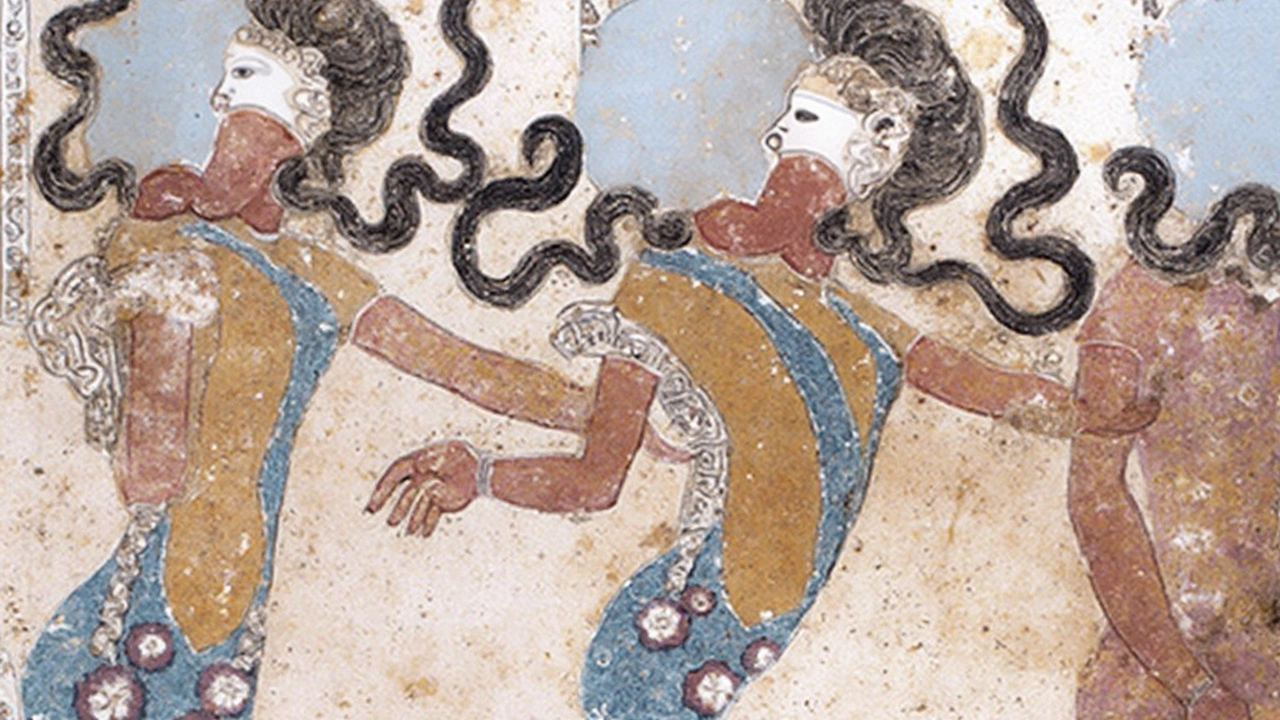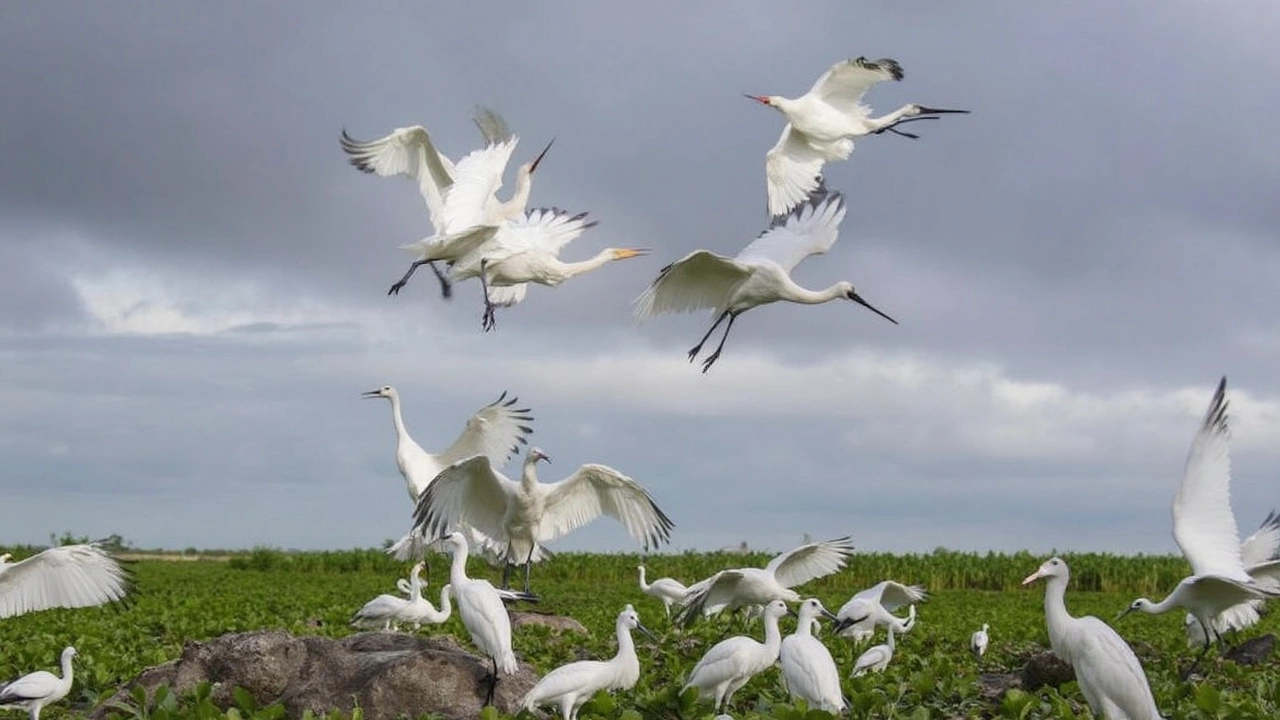UNESCO’s 2025 Heritage List: A Fresh Look at Humanity’s Marvels
UNESCO’s latest session in Paris wasn’t your everyday committee meeting. This year, they added 26 new sites to the UNESCO World Heritage List, a move that lifts the total count to 1,248 and pushes the boundaries of what counts as humanity’s most treasured legacies. This isn’t just about old stones and faraway jungles—it’s proof that our shared story stretches further and deeper than we often notice.
What’s remarkable about this year’s picks is their range. Six continents got in on the action, with sites covering everything from ancient empires to wild, biodiverse hotspots. You don’t have to be a historian or an ecologist to appreciate the scale. Some of these places are household names, while others are nearly untouched by tourists.
- Mount Mulanje Cultural Landscape, Malawi: Rising abruptly from the surrounding plains, Africa’s biggest inselberg isn’t just a giant rock; it’s a sacred ground for the Yao and Lhomwe, rich in spiritual legends and rare plant species found nowhere else.
- Bavarian Palaces of King Ludwig II, Germany: If you’ve seen Neuschwanstein Castle, you know fairy tales can be real. Alongside its three sibling palaces, these 19th-century marvels showcase not just royal grandeur, but a bold blend of engineering and romance set against the Alps.
- Maratha Military Landscapes, India: This network of 12 dramatic forts tells the story of the Maratha Empire’s gritty rise, combining ingenious defenses with religious and social spaces—all perched on cliffs and mountains in western India.
- Xixia Imperial Tombs, China: Imagine wandering among nine massive mausoleums surrounded by hundreds of smaller tombs. The site reflects the Tangut dynasty’s fusion of Chinese imperial and local religious practices, so it’s not just a graveyard—it’s a puzzle piece in China’s cultural mosaic.
- Murujuga, Australia: The Burrup Peninsula and Dampier Archipelago together form a living gallery with rock art dating back at least 50,000 years. The local Indigenous groups see this land as alive with ancestral spirits—these 1 million petroglyphs tell stories long before written language.
- Bijagós Archipelago, Guinea-Bissau: Far from the tourist trail, these islands are a last sanctuary for endangered green and leatherback turtles, plus endangered manatees. Pristine mangroves and untouched beaches make this site one of the planet’s unsung ecological wonders.
- Peruaçu River Canyon, Brazil: With sheer limestone walls and mysterious caves, this canyon supports over 2,000 species, making it a hotspot for science and adventure alike. Its untouched status earned it a nod under UNESCO’s toughest nature criteria.
- Møns Klint, Denmark: Picture seven kilometers of sheer white chalk cliffs sloping into icy blue sea—a geology and fossil hunter’s dream. These cliffs are shaped by glaciers, storms, and time, creating rare habitats for plants and birds.
- Cambodian Memorial Sites: Once centers of unimaginable repression during the Khmer Rouge era, these sites now help locals and visitors reckon with horror and seek paths to healing—a testament to the power of memory in shaping national soul.

World Heritage: Progress and Complications
UNESCO’s choices capture a world stretching between preserving ancient rituals and protecting biodiversity. But the story here isn’t perfect. As more sites make the list, more travelers show up, and sometimes, well-meaning visitors and heavy-footed tourism clash with careful conservation. Site managers around the world have their plates full, balancing the need for economic help through tourism with the risk of destroying the very things that draw crowds.
What’s clear is that the stakes keep rising. Sacred mountains, palaces, river canyons, and memorials mark more than just pretty or sorrowful places—they cement people’s connection to both their personal heritage and the wider world. UNESCO’s 2025 picks are a call to everyone: This shared legacy is fragile, so let’s not just admire it from afar but also step up and defend what’s unique, vulnerable, and everlasting across the globe.
